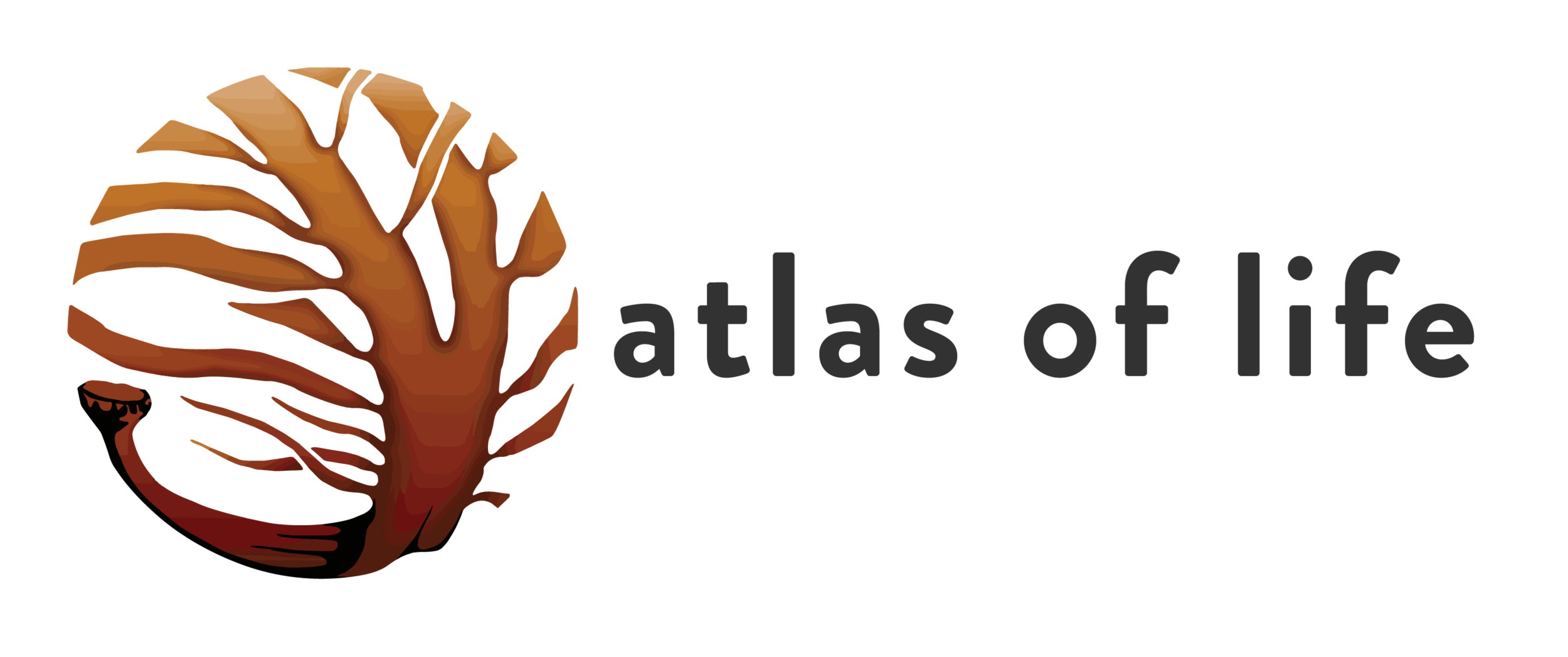add a sighting
Who can add sightings?
Everyone is encouraged to contribute sightings that they make within the Atlas of Life region: locals and visitors; experienced biologists and people new to nature watching; individuals and organisations; adults and children.
iNaturalist is the recording platform and database used by the Atlas of Life. iNaturalist provides easy-to-use tools for recording and identifying sightings, and for sharing this information across the Atlas of Life community.
ADDING SIGHTINGS USING iNaturalist
You can add sightings on your computer, or record them in the field using the iNaturalist App on your smartphone, or tablet.
If you haven’t added a sighting before, first register as a user on iNaturalist, sign in ... and start recording. It's that simple!
The Atlas of Life iNaturalist site includes local species lists to help you identify your sightings, and fellow contributors are also able to comment and provide assistance. If you have no idea what it is that you have found, post your sighting anyway - chances are, someone will know!
viewing sightings on iNaturalist
The sightings records can be viewed by species, by group of organisms, or by location. You can even use iNaturalist as a personal record of all your own sightings. Visit the Atlas of Life iNaturalist project here: Atlas of Life in the Coastal Wilderness
what happens to the information?
The Atlas of Life iNaturalist records provide scientists, land managers and the broader community with insights into the biodiversity in our local area. This data can assist with ecological research, planning and environmental management, and general community awareness of the natural environment in this unique part of Australia.
Once the identification of a recorded sighting has been 'confirmed' by one of our experienced iNaturalist moderators, the record is automatically uploaded to the Atlas of Living Australia. The ALA is Australia's national biodiversity database. Hosted by CSIRO, and a node of the Global Biodiversity Infrastructure Facility, the ALA collates information from museums, scientific studies and a range of citizen science initiatives across the country. The data is freely and publicly available online, providing a uniquely valuable resource.
